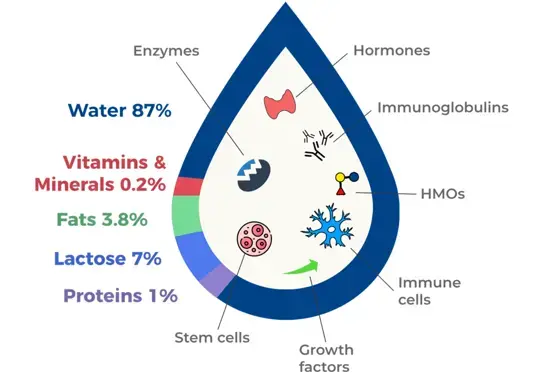Articles and Books

Food consumption patterns of infants and toddlers: findings from the Feeding Infants and Toddlers study (FITS) 2016.

Usual nutrient intakes from the diets of US children by WIC participation and income: findings from the Feeding Infants and Toddlers Study (FITS) 2016.

Food sources of energy and nutrients in infants, toddlers and young children from the Mexican National Health and Nutrition Survey 2012.

Perceptions of food intake and weight status among parents of picky eating infants and toddlers in China: A cross-sectional study.

Many infants and young children are not compliant with Mexican and international complementary feeding recommendations for milk and other beverages

Total usual nutrient intakes of US children (under 48 mo): findings from the Feeding Infants and Toddlers Study (FITS) 2016.

Room for improvement remains in food consumption patterns of young children aged 2–4 years.

Food groups consumed by infants and young children from urban areas of China.


